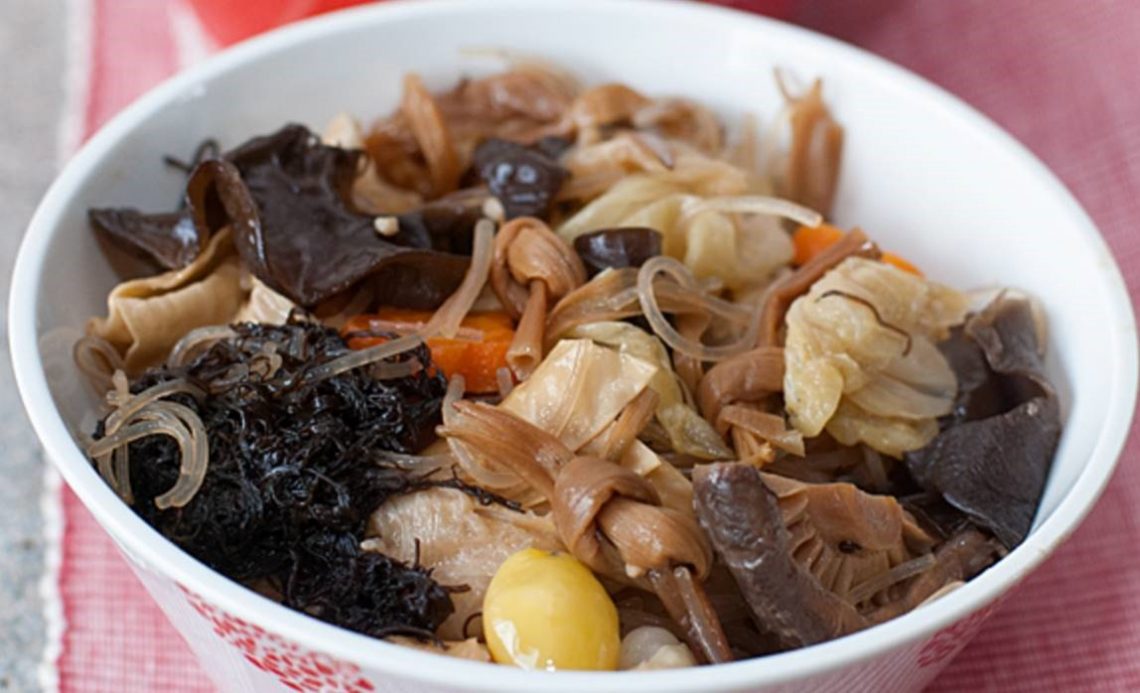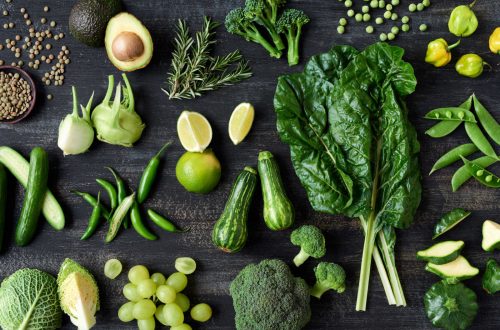
Party Time! It’s Asian New Year
For our Asian friends, this is the season to celebrate the new year, the most important and festive annual holiday, with big feasts, family gatherings, and fun traditions. Many traditions are based on an ancient myth of a monster named Nian that ate people. Nian feared the color red and loud noises, so the local villagers would cover doors and windows with red paper and use firecrackers to scare off the monster. You’ll see those myths reflected in traditions today.
Asian communities follow the Lunar New Year, which is closely linked to agriculture, and the new year begins with preparing the fields for planting. The Chinese calendar, used in China, Korea, and Vietnam, is based on the phases of the moon, and the new year is typically in late January to mid-February. Now, we’re right in the middle of the Thai new year – April 13-15 – celebrated in Thailand, Laos, and other parts of Southeast Asia. By and large, the customs of the season engender good luck, good fortune, and long life. The Balinese observe a day of silence, while the Thais splash water on one another for purification. Japanese scatter dried beans to drive evil from the house, while the Chinese eat long-life foods.
My nephew Mark Pearson of Southern California, who celebrates Chinese New Year along with his wife and her family, points out that the festivities begin before the actual day, with a complete cleaning of the house as part of the traditional cleansing of all the evil spirits. On New Year’s Day, the family wears bright colors and shares a meal of noodles (for long life), along with a hot pot of broth in which everyone cooks vegetables, pork, fish, and beef. For the children, there are red envelopes filled with money.
My friend Jean Loh, who lives in Singapore, traditionally travels to Kuala Lumpur, Malaysia, to her parents’ home for Chinese New Year’s festivities. which include a large Reunion Dinner on New Year’s Eve. On New Year’s Day, a tea ceremony is held in which the children and grandchildren serve the seated parents and exchange well wishes. In return, the children receive “hong bao,” red envelopes filled with money. After the ceremony, the entire family prepares to receive visitors. They place Mandarin oranges and pomelos around the house to offer guests, as they represent luck and good fortune. If time is available before returning home, many gamble on card games, especially the young adults who receive hong bao.
Jean’s family has its traditional meals, which have meaning to pass on to the younger generations. The dishes include:
- Yu Sheng, a raw fish salad created in Malaysia in the 1940s. Yu Sheng means abundant growth and represents fortune and luck. Diners surround a large plate, each with a pair of chopsticks, and start tossing the salad together. The higher you toss, the more fortune will fall to you.
- Steamed or boiled chicken. This symbolizes togetherness because in the early days, chicken was considered a luxury. The chicken must be served complete with head, tail, and feet to represent completeness.
- A whole fish, because the Mandarin word for fish (yu) is the same pronunciation as the word for abundance (yu). The fish must be whole as it represents the beginning and the end of the year.
- Big prawns, because the Cantonese word for prawn (har) is the sound of laughter (har, har, har). Eating prawns will bring happiness to the family for the whole year.
- Braised shiitake mushrooms, sea cucumbers, and abalone. These expensive luxury ingredients symbolize prosperity.
- Waxed preserved meat known as lap mei. Common types are Chinese sausages known as lap cheong, thin slices of preserved pork (lap yok), and preserved duck (lap ngap). The preserved meat symbolizes the abundance of food for the family.
- Chap Chye stir fry, Jean’s favorite dish, a tender-crisp combination of vegetables (pictured).
Who wouldn’t want to participate in such a celebration? What a party! How about you? Have you ever participated in an Asian New Year’s celebration?
To comment, please click on “Read in Browser” or on the headline to view the blog on the website. You can log in and comment at the end of the blog to share your thoughts and start a discussion.
If you’d like to share the blog, click on the Facebook icon or one of the others. Thanks!




